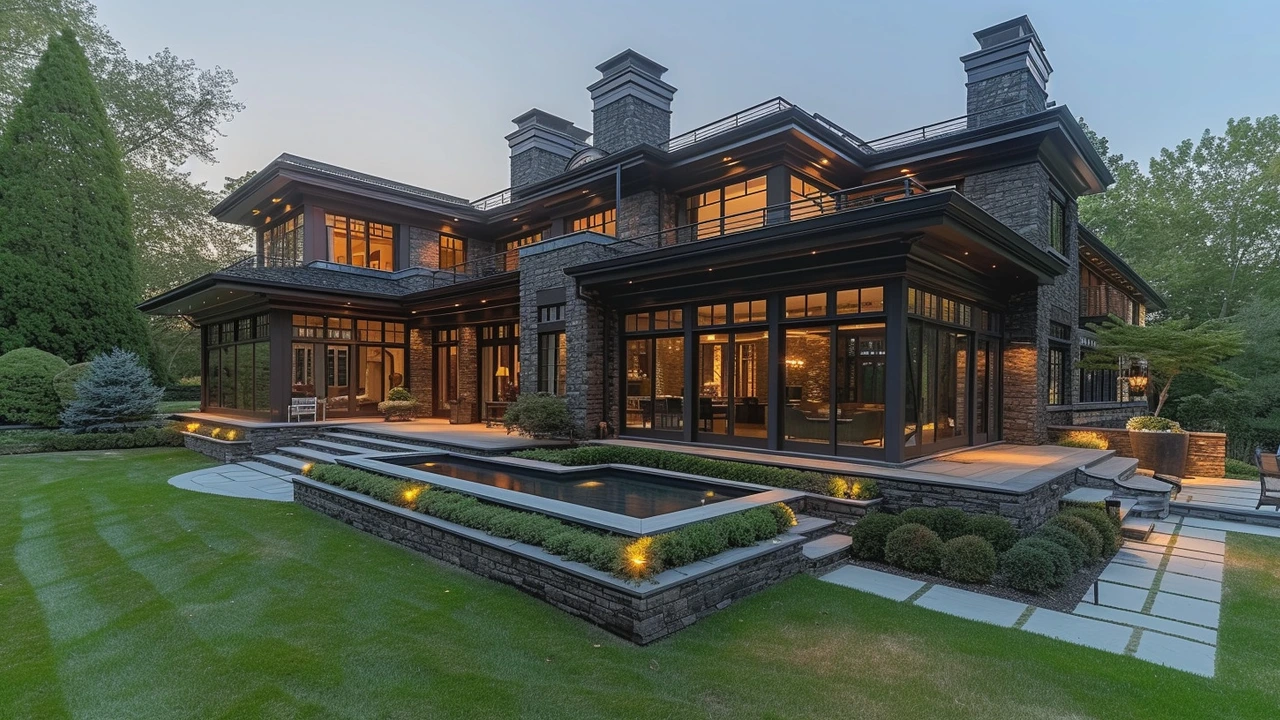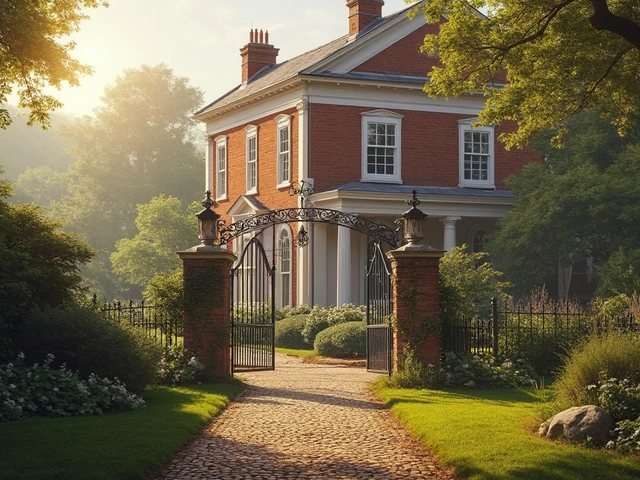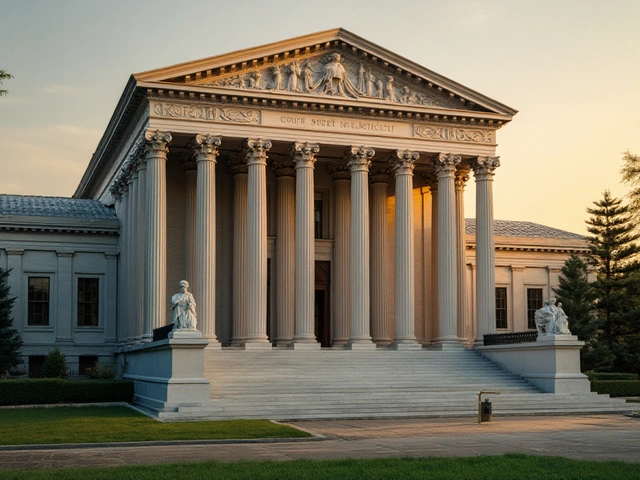Discovering The Dutch Colonial Revival Magic
One look around, the versatility of architectural designs around us is just breath-taking, isn’t it? And if we concentrate a bit more, almost all of the fascinating abstractions have a history of their own, offering unique insights into the periods they were most prevalent. Among these diverse architectural designs, Dutch Colonial Revival stands out, creating an interesting pause in the oftentimes monotonous architectural conversation. Its uniqueness and beauty lie in the simple lines, the endearing symmetry, and the unquestionable charm. With their spacious designs and practical appeal, Dutch Colonial Revival homes have created quite a niche for themselves.
Did I mention that I absolutely adore these expansive gambrel roofs whispering the tales of an old world, quaint dormers peeping curiously ,and robust brick walls standing majestically? Oh, I guess I just did! While I was visiting in the suburbs of Melbourne a couple of years back - the kids, Scarlett and Aiden, had a spring break - I fell head over heels for a beautiful Dutch Colonial Revival home. It opened my eyes to the enviable fusion of stylishness and functionality these houses symbolize.
The Historical Unfolding of Dutch Colonial Revival Design
The origins of Dutch Colonial Revival architecture traced way back to the 17th-century Dutch settlers in New York, New Jersey, Delaware and western Connecticut. These homes had a distinct barn-like appearance, with broad gambrel roofs (shaped like an upside-down U), flared eaves and a unique symmetry. This potent blend of utility, style and simplicity caught the attention of the country during the Colonial Revival movement in the late 1800s and early 1900s, when many architects incorporated Dutch elements in their work - hence the term, Dutch Colonial Revival.
What interests me is how these homes, initially meant to stand strong amidst harsh climate conditions, evolved into stylish abodes that we appreciate today. Their steep roofs were designed to quickly shed snow (so much for Australian climate!); the flared eaves were meant to ward off rain; while the porch maintained a pleasant and lively outdoor living space. Isn't it amazing how practicality mashed up with aesthetics to give us this marvel we cherish?
The Quintessential Elements of Dutch Colonial Revival Design
My love for this architecture has enabled me to discover its various core elements. First off, the Dutch Colonial Revival homes sport a gambrel roof, which is probably their most characteristic feature. The dual pitched, symmetrical roof allowed for a much more spacious second floor. A quintessential design element that basks in both practicality and style - Aiden could do with such a bonus space for his roaring teenager band!
Next up is the central double-door, all embracing and welcoming. I can't help but draw parallels with the human heart. Just like a heart stands central to our being, welcoming all emotions, this centrally placed double-door embraces all who approach. Further, these homes, more often than not, feature a front-hall, side-hall, or central-hall floor plan, cleverly making use of the space.
To add to the architectural flavor, let’s talk about the quaint Dutch doors, which score a definite, considerable brownie point. You can spot this bi-partite door in many Dutch Colonial Revival homes. Imaging leaving the top half open and enjoying a breath of fresh breeze, while the bottom half keeps Scarlett’s adventurous cat from escaping. Simply ingenious!
Why Dutch Colonial Revival Design Resonates With Today's Lifestyle?
The functional aspect of this design is its major selling point. While we live in an era obsessed with space optimization, the built-in shelves and benches, smart floor plans, and the extra upstairs room of these houses check all our boxes. The gambrel roof not only adds to the aesthetic aspect but also provides an additional living space. Imagine having an extra room for your kids, or maybe a calm home office, away from the chaos of the ordinary? Sounds great, doesn't it?
Moreover, the Dutch Colonial Revival design, with its emphasis on symmetry and balance, stands out in the clutter of diverse architectural styles, clearly making its own identity. For someone like me who appreciates order amidst chaos, symmetry amidst asymmetry, this design captures my heart - hook, line and sinker! The charm and nostalgic tranquility it exudes have the capacity to transport one to simpler, quieter times. Quite a savior from our often noisy and chaotic world!
To those who appreciate the beauty of the past encompassed in the designs of the present, Dutch Colonial Revival holds a firm ground. Its simplistic elegance cloaked in functionality makes it an attractive choice for modern living. So, if you’re looking to imbibe a bit of the old-world charm into your lives, abiding by the demands of contemporary living, the Dutch Colonial Revival design is your go-to masterpiece. After all, it's not just a design; it is a piece of lived history!





